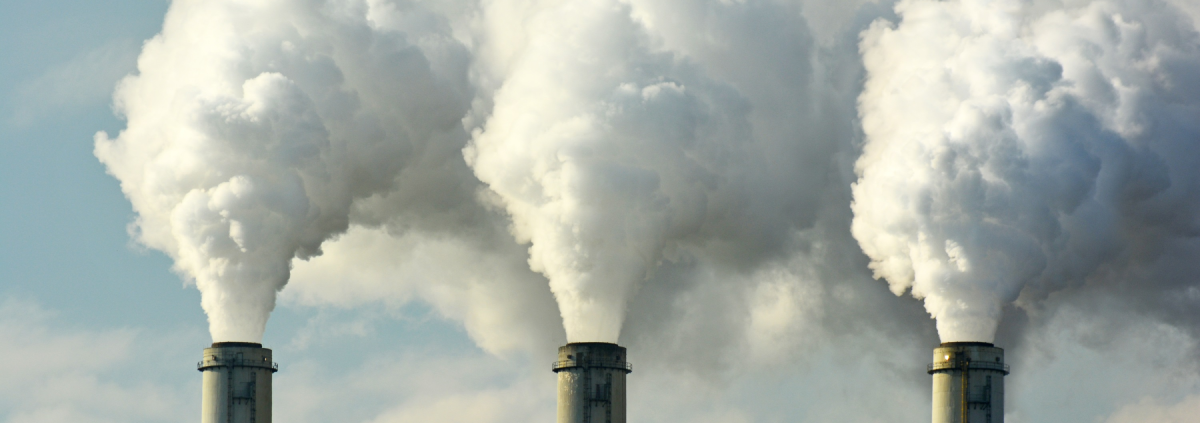NY Times: Pricing Carbon, an Interactive Map
The idea of putting a price on carbon dioxide emissions to help tackle climate change has been slowly spreading around the globe over the past two decades.
This week, Canada’s federal government took the latest step when it extended its carbon-pricing program nationwide by imposing a tax on fossil fuels in four provinces that had declined to write their own climate plans.
More than 40 governments worldwide have now adopted some sort of price on carbon, either through direct taxes on fossil fuels or through cap-and-trade programs. In Britain, coal use plummeted after the introduction of a carbon tax in 2013. In the Northeastern United States, nine states have set a cap on emissions from the power sector and require companies to buy tradable pollution permits.
Economists have long suggested that raising the cost of burning coal, oil and gas can be a cost-effective way to curb emissions. But, in practice, most countries have found it politically difficult to set prices that are high enough to spur truly deep reductions. Many carbon pricing programs today are fairly modest. In France and Australia, efforts to increase carbon taxes were shelved after a backlash from voters angry about rising energy prices.
Partly for that reason, carbon pricing has, so far, played only a supporting role in efforts to mitigate global warming. Here are some efforts to date:
For the full article and map click here.



